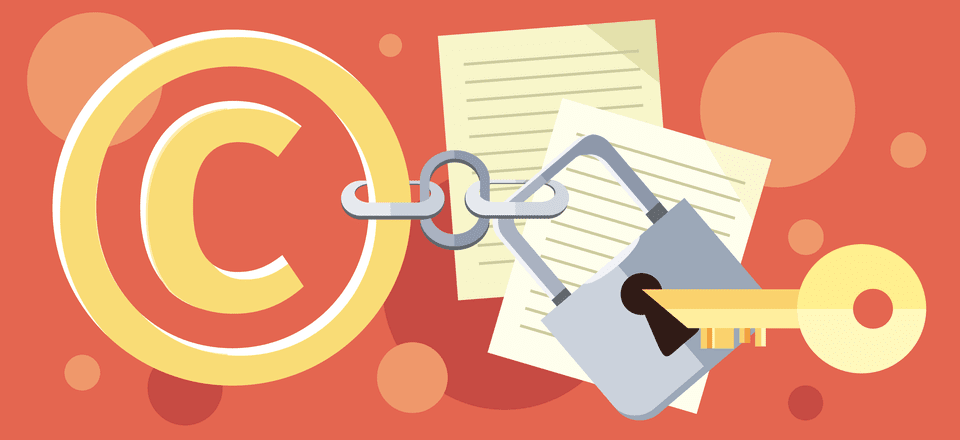
The ABCs to Resolving Your YouTube Copyright Claim
Receiving a copyright claim on YouTube can be a stressful experience, especially if it threatens your content or channel's livelihood. Understanding how to effectively resolve a copyright claim is essential for maintaining the integrity of your content and protecting your intellectual property. Here’s a comprehensive guide to navigating and resolving YouTube copyright claims.
A: Assess the Copyright Claim
- Understand the Claim: Review the details of the claim by checking the email notification YouTube sent you or by going to the "Copyright Notices" section in YouTube Studio. The claim will specify which content is in dispute and provide information on who made the claim.
- Check the Claim Details: Look at the exact time stamps and the content identified in the claim. Determine whether the claim is about your video’s audio, video, or both.
- Verify Ownership: Confirm whether the content in question is indeed owned by someone else. If it’s your content or you have permission to use it, the claim might be a mistake.
B: Basic Actions to Take
- Review Fair Use: If you believe your use of the content falls under fair use (e.g., commentary, criticism, or educational purposes), you may have a strong case. However, fair use is complex and context-specific.
- Check Licensing Agreements: If you used licensed content, such as music or stock footage, verify that you followed the licensing terms. Ensure that you have documentation to prove your right to use the content.
- Dispute the Claim: If you believe the claim is invalid or incorrect, you can dispute it. Go to YouTube Studio, find the video with the claim, and click “See Details” under the "Copyright Claim" section. Click "Dispute" and follow the instructions. Be prepared to explain why you believe the claim is wrong.
- Remove or Replace the Content: If the claim is legitimate and you don't have a strong case, consider removing or replacing the copyrighted material from your video. This can prevent further issues and avoid the risk of a strike.
C: Contact and Communicate
- Reach Out to the Claimant: Sometimes, contacting the claimant directly can resolve the issue. This is especially useful if you have permission to use the content or if there was a misunderstanding. Find contact details through the claim details and explain your situation politely and clearly.
- Provide Evidence: When disputing a claim or contacting the claimant, provide any evidence you have to support your case. This might include licenses, permissions, or proof of fair use.
- Appeal a Strike: If a claim escalates to a strike (a more severe form of action), you can appeal it. Go to YouTube Studio, find the "Copyright" section, and follow the steps to appeal. YouTube will review your appeal, but be aware that repeated disputes can lead to further actions against your channel.
D: Develop Best Practices
- Use Copyright-Free Content: Whenever possible, use royalty-free or original content to avoid copyright issues. Platforms like YouTube’s Audio Library and various stock content providers offer free or licensed media that you can use safely.
- Create Original Content: Producing your own content ensures you avoid copyright claims and maintain full control over your material. This approach helps you build a unique brand and avoid legal complications.
- Educate Yourself on Copyright Law: Understanding basic copyright law and YouTube’s policies can help you navigate claims more effectively. Familiarize yourself with concepts like fair use, public domain, and Creative Commons licenses.
- Document Permissions: Keep clear records of any permissions or licenses you obtain. Having documentation ready can expedite the resolution process if a claim arises.
- Stay Updated: YouTube’s policies and copyright laws can change. Stay informed about the latest updates to ensure you remain compliant and avoid future issues.
Conclusion
Resolving a YouTube copyright claim involves understanding the nature of the claim, taking appropriate actions to address it, and communicating effectively with claimants and YouTube. By assessing the claim, taking basic actions to dispute or resolve it, and developing best practices for content creation, you can manage and prevent copyright issues more effectively. Stay proactive, informed, and prepared to protect your content and your channel's integrity.